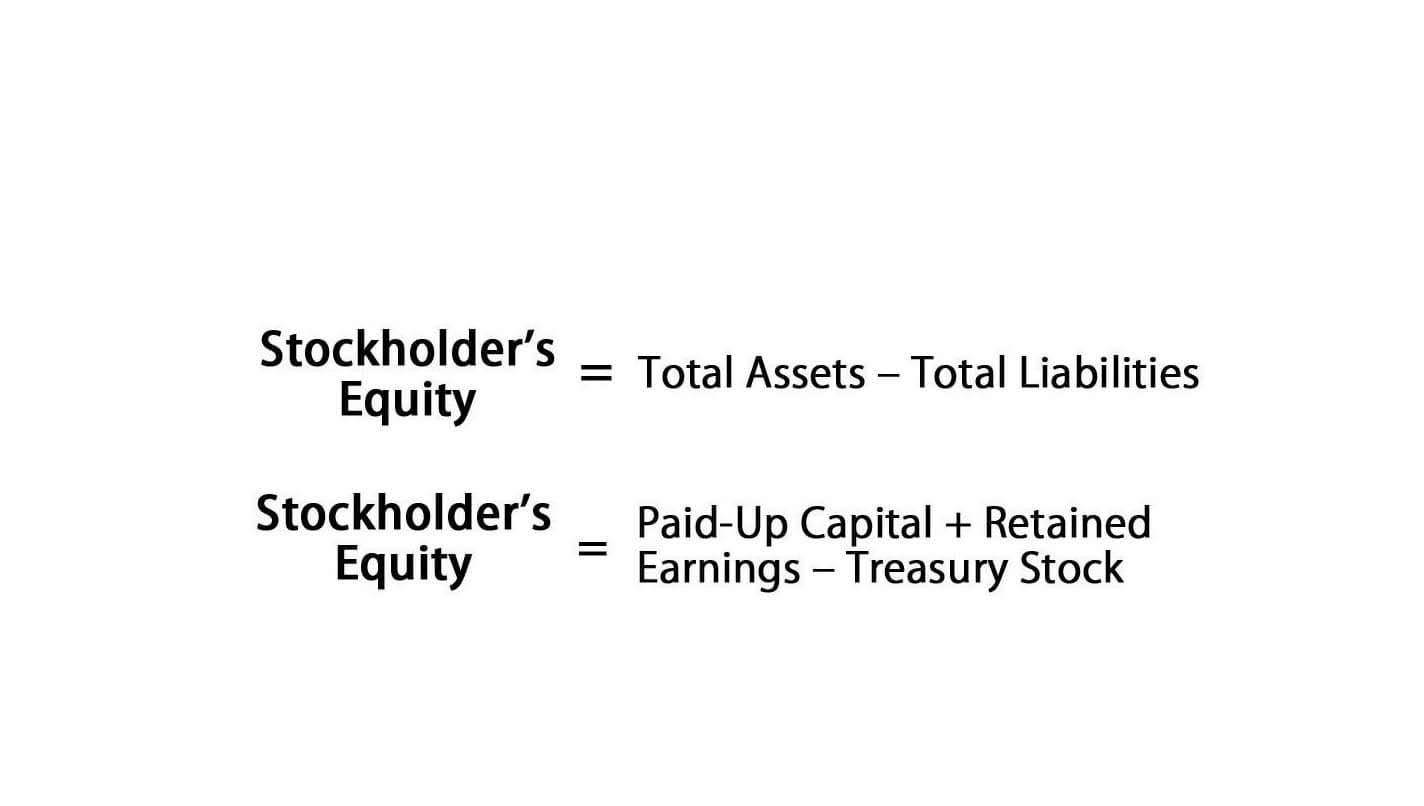
They offer a cushion that can be utilized to mitigate risks, address unforeseen expenses, and invest in long-term growth and development. Understanding net assets is critical to assessing an organization’s financial strength. We love all kinds of net assets, though we have a special place in our hearts for unrestricted net assets. Temporarily restricted funds must be used for a specific purpose or within a specific period. In some cases, the money becomes unrestricted when a timeline ends or the objective is met.

Net assets represent a crucial aspect of an organization’s financial landscape. These assets encompass the financial resources that an organization possesses, which are not bound by external restrictions or donor-imposed conditions. Now that you know the concept, look at your organization’s balance sheet again with fresh eyes. Keep in mind that, unfortunately, net assets is often not broken out properly in internally generated balance sheets. Even if it is, you may still need to ask questions to understand the nature of any restricted assets.
A positive operating reserve allows an organization to pay its current obligations and fund future programs or projects through use of unrestricted net assets. Many organizations receive their unrestricted revenue through fee-for-service, ticket sales or membership income. Other sources of revenue include unrestricted grants/contributions and the release of temporarily restricted net assets through the satisfaction of donor or time restrictions. Whatever their source, they contribute to the overall financial health of the organization as part of its unrestricted net assets. This kind of question generally requires information from more than one report or source.
Create formulas to total the Debit and Credit columns to ensure they are equal. Otherwise, going back and reclassifying a whole year’s worth of expenses will drive you crazy. For the past 52 years, Harold Averkamp (CPA, MBA) hasworked as an accounting supervisor, manager, consultant, university instructor, and innovator in teaching accounting online.
These assets serve as a safety net, empowering organizations to respond swiftly to emerging challenges and seize growth opportunities. By wisely managing assets, organizations can demonstrate accountability and responsible financial stewardship. Having unrestricted assets allows organizations to pursue new initiatives and expand their programs.
Unlike most accounting firms, we work exclusively with nonprofit organizations like yours. So there’s nothing your organization can throw at us that we’re not prepared to handle. We can handle your bookkeeping and accounting to deliver accurate financial statements every month that let you know which money you can spend, for which purpose, and when you can spend it. Then you can track that money through your accounting system to see exactly how much is left, where it was spent, and how much value (net assets) it contributes to your organization. We’re going to focus specifically on how it’s applied to small and mid-sized nonprofits and charities. If you’re looking for info on fund accounting in government here is a great resource for you.
Unrestricted assets are a critical component of an organization’s financial strength and accountability. They provide a measure of financial stability, enhance credibility, enable flexible resource allocation, and ensure compliance with legal and regulatory requirements. Organizations with significant unrestricted assets have greater flexibility in allocating resources. These funds unrestricted net assets can be strategically directed toward program development, capacity building, or innovation. Financial flexibility afforded by unrestricted assets positions organizations to seize growth opportunities as they arise. These assets, derived from various sources such as revenues, investment returns, and unrestricted donations, provide flexibility and autonomy in resource allocation.
BackBlack Campaign Seeks To Boost Black-Led Nonprofits.
Posted: Thu, 17 Aug 2023 07:00:00 GMT [source]